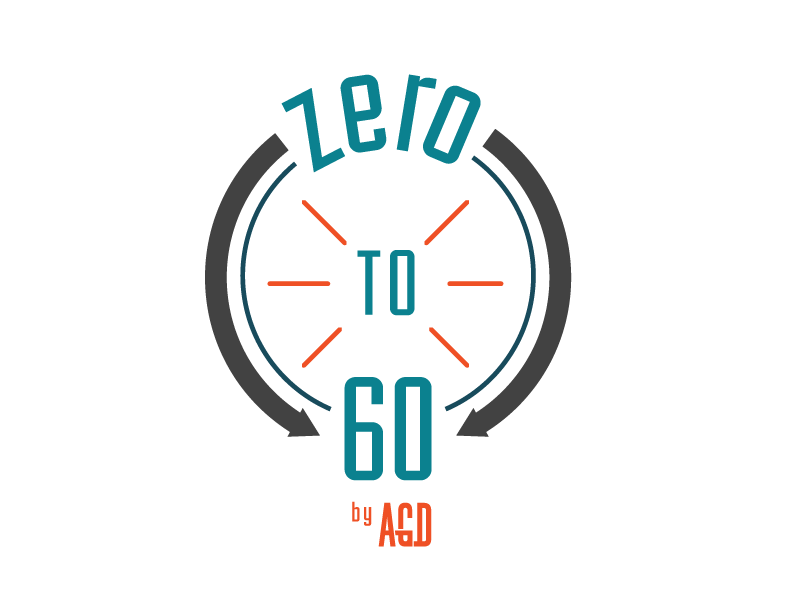Every show, no matter how big or small, is an opportunity to leave an impression. It’s always better to be asked to be part of something than to beg for your shot. But no one will ask you to join their events if they don’t have an idea of what you have done or what you plan to do. This is why having a strong footprint in the market that keeps you front of mind whenever you aren’t currently performing is very, very important.
A Publicity Footprint and Return Strategy
A Publicity Footprint:
There are so many forms of publicity outlets these days, it’s hard to know where to prioritize your efforts. To simplify this for the sake of continuity, let’s consider any third party media format to be a PR source. Press builds your footprint in the market more than any other touch point. It reaches all the other touch points and establishes a foundation for future growth. Having press in a market allows you to grow your partnerships, engage your team, book larger venues, and retarget new fans. Artists hire a publicity team for their album launches all the time but rarely hire publicists for their shows. Established artists always have a tour publicist on staff, but those publicists often hire local freelancers to help with each individual market. Most writers have dabbled in freelance publicity work especially if they are in a large city with a large press footprint.
So before I tell you to dig in and research, which obviously is something that you can do, maybe this is a place to spend a little bit and hire some help? Whether you hire someone for PR work or do it yourself, you still need your press materials ready. This means having an up to date bio that can easily be copied and pasted into a concert calendar of a local newspaper and not need corrections once published. It means having a strong press release and elevator pitch. Providing up to date media and having it easily accessible so the publication doesn’t use old content to promote your new tour.
PR practice is also important. Do you know how to do radio interviews without cursing? Do you know how to pivot a question that is boring or off topic back to the release you're currently promoting? Do you know how to excite the interviewer, by relating to their town through local sports, schools or musicians from the area? These things are invaluable because they endear you to the publication. If you can accomplish this, then they will always prioritize coverage for your events long after this first connection. It’s also very important to remember that a good writer or journalist will move up quickly in their field. The kid doing the interviews for the local school newspaper might be a writer for Rolling Stone in a couple years, think about that before every interview, and you’ll be in the right head space.
Return Strategy:
Lead time for press is tricky. It changes depending on publishing schedules. Newspapers are daily or weekly while magazines are monthly making lead times range from 4 days to 8 weeks. This is why your live performance strategy must stay rhythmic. You can’t go to a market only once, you have to return regularly. If you are able to generate some press in the weekly newspaper and know you’ll be back in the market 8 to 12 weeks later, this is the perfect time to invite a writer from the magazine out to the show to do an interview. The footprint that is possible from strong press in tandem with a strong performance strategy is so large it has to be prioritized but rarely is. Try to change this as you plan the rest of your year.



